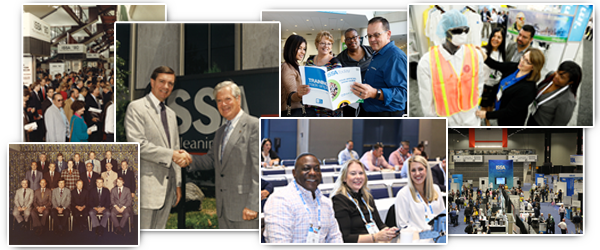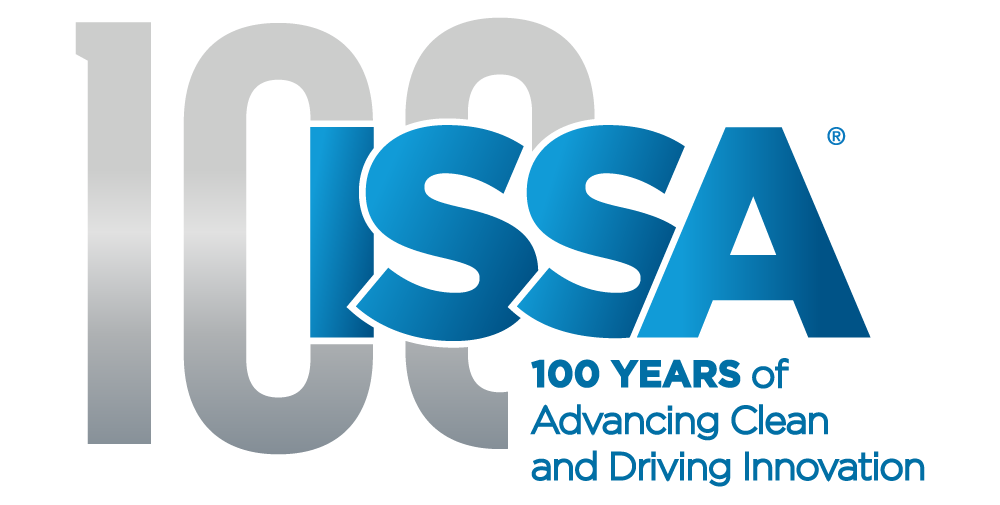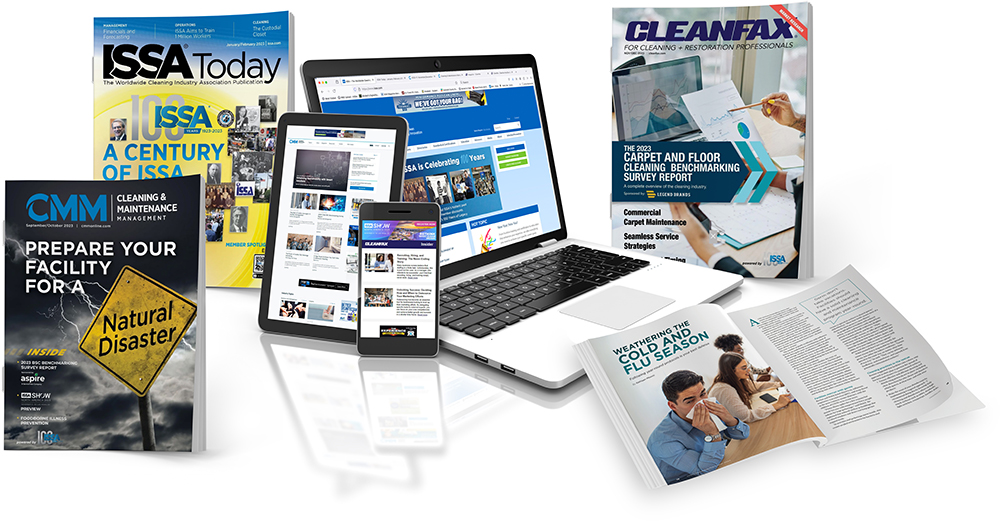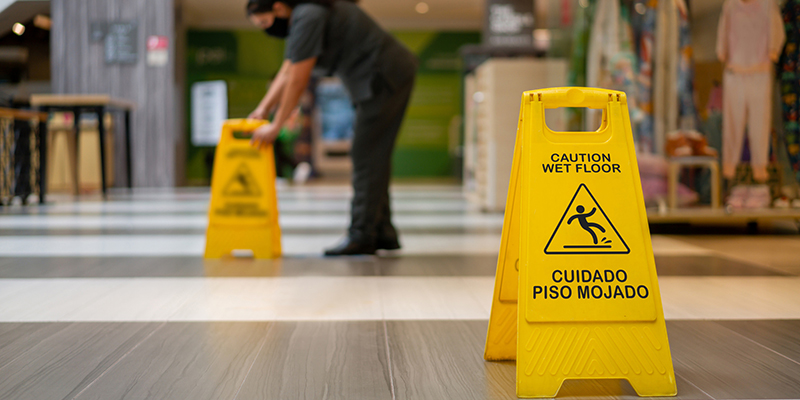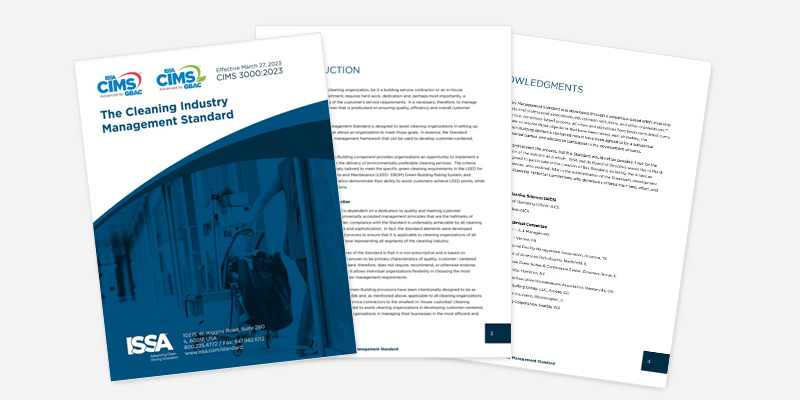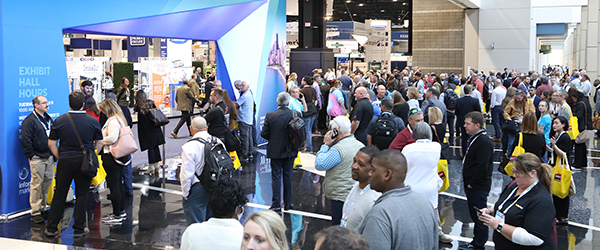Smart Carpet Care
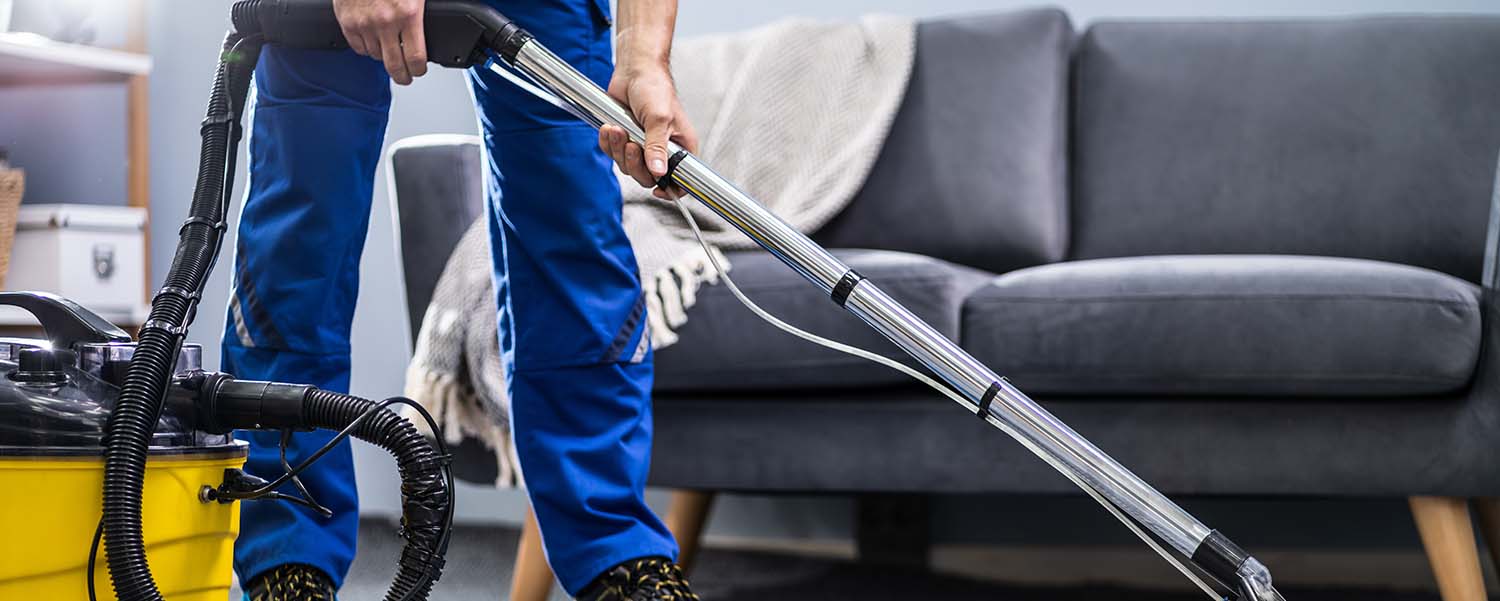
Editor’s Note: The information in this article applies to the work of front-line technicians, but more importantly, it can be used in training sessions for your cleaning crews.
Choosing the best carpet care program can be a demanding task. But with some careful planning, you will discover several solutions to the various carpet care challenges you face.
One challenge is choosing the best carpet cleaning method for the carpet you are cleaning. Consider the soil load which is impacted by regular maintenance, such as vacuuming, combined with the amount of foot traffic and types of soil brought into the building. Also control the amount of moisture you use, which will impact the dry time.
While most use hot water extraction as their main cleaning method, there are other options. Shampoo has evolved into encapsulation, which is very popular and effective in commercial carpet cleaning. Some utilize absorbent pad cleaning; others use very low moisture systems, such as dry foam or dry compound cleaning.
Each has its place and is effective, depending on the soil load on the carpet. But even more important is the skill of the cleaning technician tasked with the job of getting the carpet clean and dry.
Most methods use basic principles of cleaning: Chemistry, heat, agitation, and time. A balance of these four principles produces better cleaning.
Fiber facts
The type of carpet fibers used in carpet manufacturing has evolved over the years, mainly for residential dwellings.
In years past, nylon dominated the fiber market in homes, apartments, and other residential dwellings. Next came polypropylene (olefin), then polyester. Wool, of course, has always had a very small market share due to cost, although it is a superior product considering its resiliency.
But now polyester and triexta—a product similar to polyester but derived from corn glucose—dominate the residential market, pushing aside nylon. And because of this, instead of dealing with a fiber (nylon) that is more absorbent and can stain from water-soluble substances, cleaners are faced with an oleophilic fiber, with the challenge of removing oily soils that penetrate the fiber. The use of solvent additives has evolved to handle the oily soil issue.
When using preconditioning agents on polyester or triexta, discuss with your supplier the use of solvent additives, usually d-Limonene-based products, to better break down the oily soils.
Virtually all commercial carpet, on the other hand, is nylon, which is a smart choice considering its resiliency and the amount of foot traffic involved in the buildings.
The challenge with this fiber differs from polyester and triexta in that it is more affected by water-based spills, such as coffee, which is a constant issue in commercial buildings. Acid-based spills, such as from fruit-flavored beverages, can easily stain nylon as well.
Cleaning chemistry choices
Knowing your fibers and their characteristics, along with analyzing the soils that create spots and stains, means you can better choose the cleaning chemistry that works.
For preconditioning, most products work great on typical soiling. However, d-Limonene boosters will help with heavier oily soils, and oxygen boosters, percarbonate-based for example, will increase the alkalinity combined with the color-safe bleaching effect on soils.
Enzyme preconditioners are excellent choices for extremely soiled carpeting, such as in restaurants and heavily soiled carpet in both commercial and residential settings. Most enzyme preconditioners require a specific solution temperature. Follow the directions carefully.
Heat and agitation are very important with carpet care. Applying the solution at a high temperature means better cleaning. Agitation, or carefully scrubbing the carpet, aids in the cleaning solution penetrating the carpet pile and loosening soils.
The rinse or extraction process, using an acid rinse agent, should thoroughly flush and remove the soil and detergent solutions, whether using a portable or a truck mount machine. Follow this with airmovers for faster drying.
If using a method of cleaning that doesn’t utilize rinsing or flushing of soils, you can still use heat (except for absorbent compound), agitation, chemistry, and approximately 10 minutes of contact/dwell time in the process. The longer your cleaning solutions have contact time on the fibers, the better the cleaning. Don’t allow your preconditioning solutions to dry out while working.
For commercial cleaning, encapsulation products are superior choices for interim/appearance cleaning, with the actual removal of soil occurring in the post-vacuuming process, usually the next day after the carpet has dried. Encapsulation cleaning helps limit wicking of soils that remain, especially those in the backing of the carpet that you can’t remove during a typical cleaning.
Finally, considering cleaning techniques, you can combine methods for superior cleaning, such as following hot water extraction with an absorbent pad cleaning.
Spotting kits
Your supplier should have several options for a spotting kit. You need just three classifications of spot and stain removers, and there are many brands and types to fit those categories. Those kits should include products such as:
- Water-based spotters (acid/alkaline/enzyme)
- Dry solvent spotters (liquid solvents, gel solvents)
- Bleaches (color-safe oxygen and reducing products).
When inspecting a soiled carpet and determining the type of spot or stain, it can be very difficult to pinpoint the type of substance to be cleaned. That being said, most spots will come out in the normal cleaning process, because spots are on the outside of the fiber.
But stains are different. They are inside the fiber. They require special cleaning skills and the three classifications of solutions listed previously.
For remaining stubborn stains after cleaning, it’s time to classify them. For example, coffee could look like red wine on some carpet fibers. What might look like cough syrup might resemble Kool-Aid or a similar beverage. It’s not always possible to know exactly the makeup of the stain you are trying to clean. What really matters is the class of stain or substance. Simply classify the stain or substance into one of three categories:
- Organic-based (red wine, coffee, tea, condiments)
- Synthetic-based (beverages, medications, artificial food/drink colorings)
- Oil-based (ink, tar, grease, oils).
Then the process is simple:
- If the substance is oily, use a dry solvent spotting solution, working it into the carpet pile and rinsing with hot detergent solution.
- If the substance is not oily, use a water-based spotter, usually an alkaline or protein spotting solution, and a tannin/acid spotting solution on what might be coffee, tea, or red wine.
- If that doesn’t work, classify the substance into either organic or synthetic. Organic substances will be more earth-toned and won’t be as reflective or shiny as you might see with a synthetic, man-made stain. Use an oxygen product on organic substances, and a reducing agent on synthetic substances. This is easy to remember: Oxidize organics, reduce synthetics.
Always follow directions from the manufacturer, and completely rinse/neutralize when switching from one cleaning solution to another.
Keep learning
Cleaning is always evolving with better tools, equipment, and chemistry. No matter your role in the company or facility, manager or technician, keeping up on trends is important.
Even if you are a veteran of many years in the industry, workshops, conferences, classes, and any opportunity you have to hone your skills, either with cognitive or hands-on training is going to be valuable for you.




